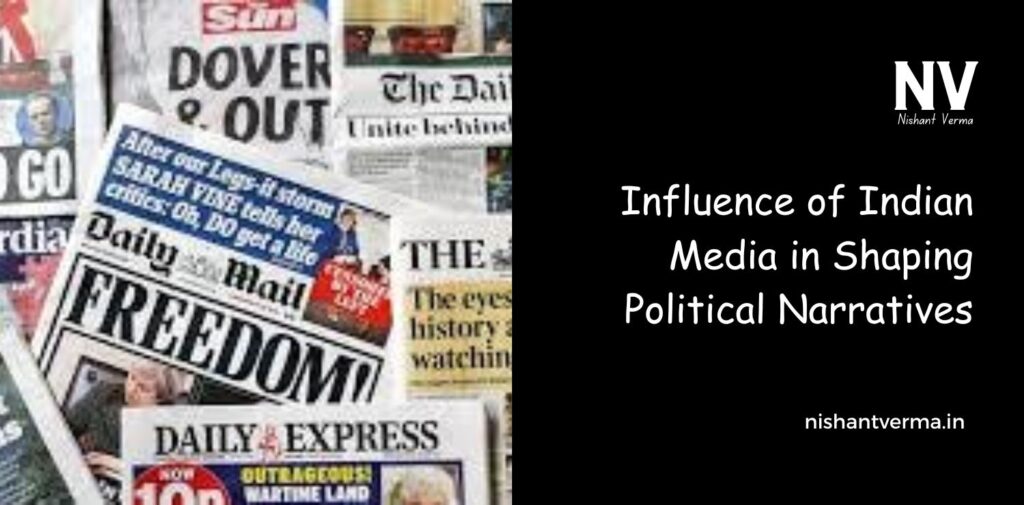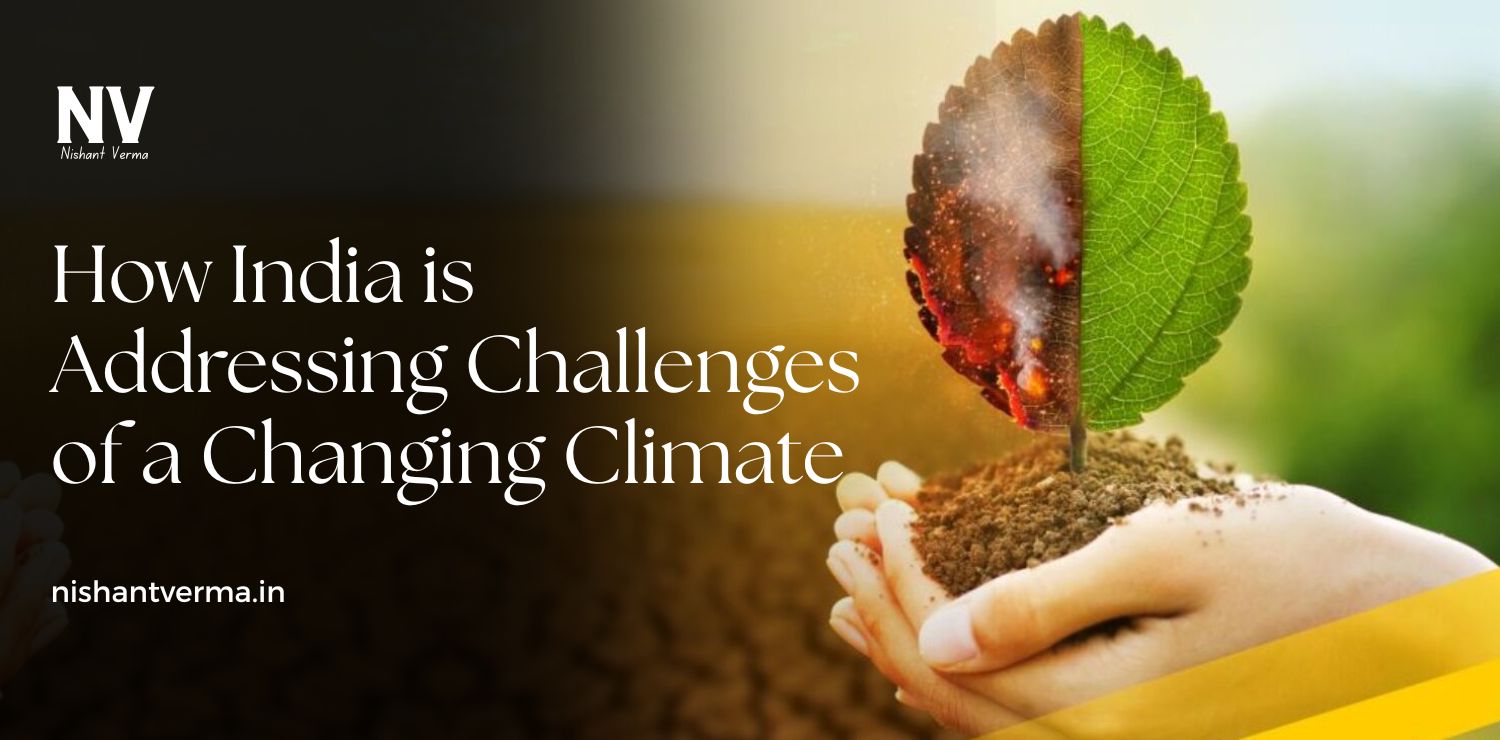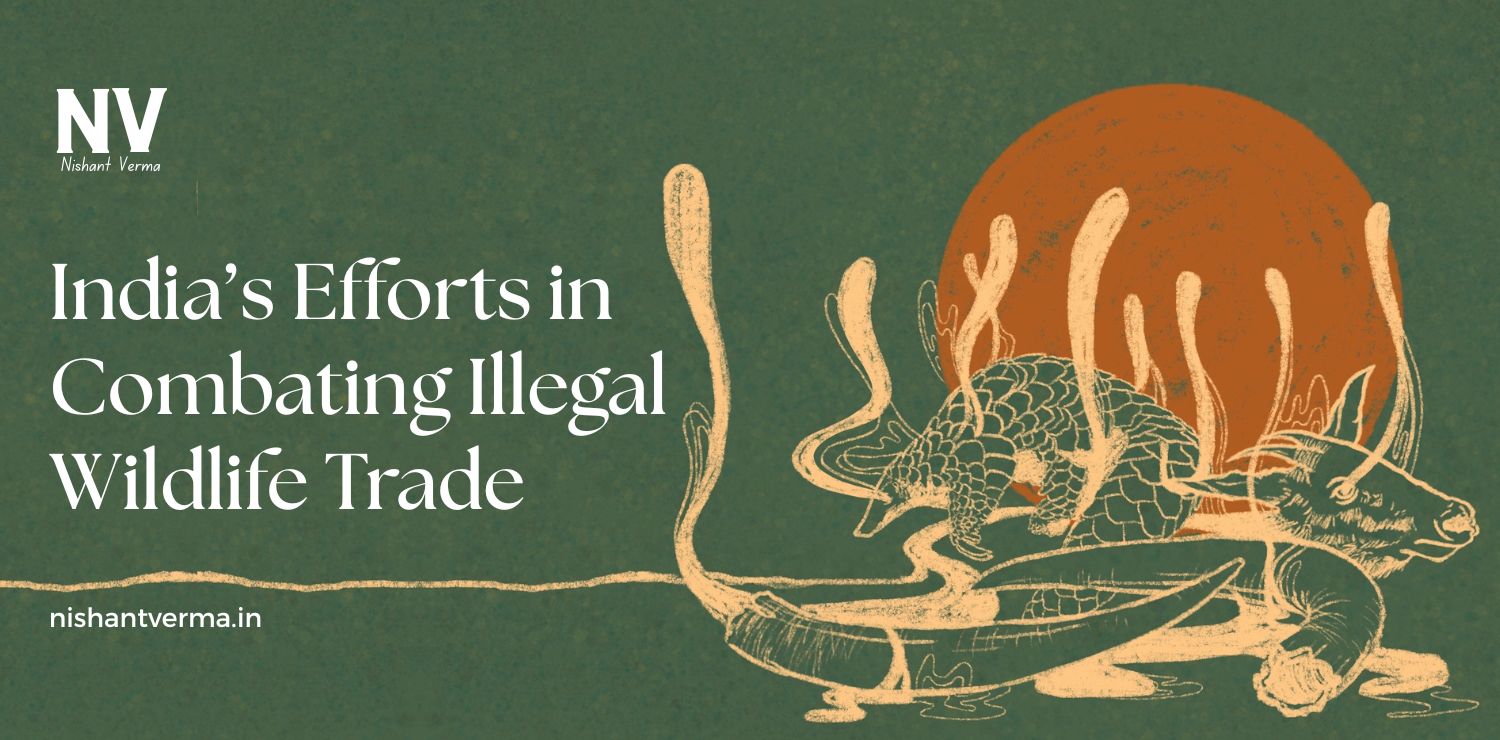The media plays a huge role in shaping how we think, feel, and even act. In India, media has been especially important in shaping political views and narratives. From the time of the Indian independence struggle to the present day, media has been a key player in influencing the thoughts and opinions of the Indian people. In this article, we will explore how media has shaped political narratives in India and how it continues to do so.
What Is Media and Why Is It Important?
Media includes all the different ways we get information: newspapers, television, radio, and the internet. Media is important because it tells people what is happening in the world, especially in politics. The way the media presents information can make people feel a certain way, support one idea, or even oppose another.
In a country like India, with its vast population and diversity, media has a powerful influence on how people view politics. It can either unite people or divide them, depending on how it presents the issues.
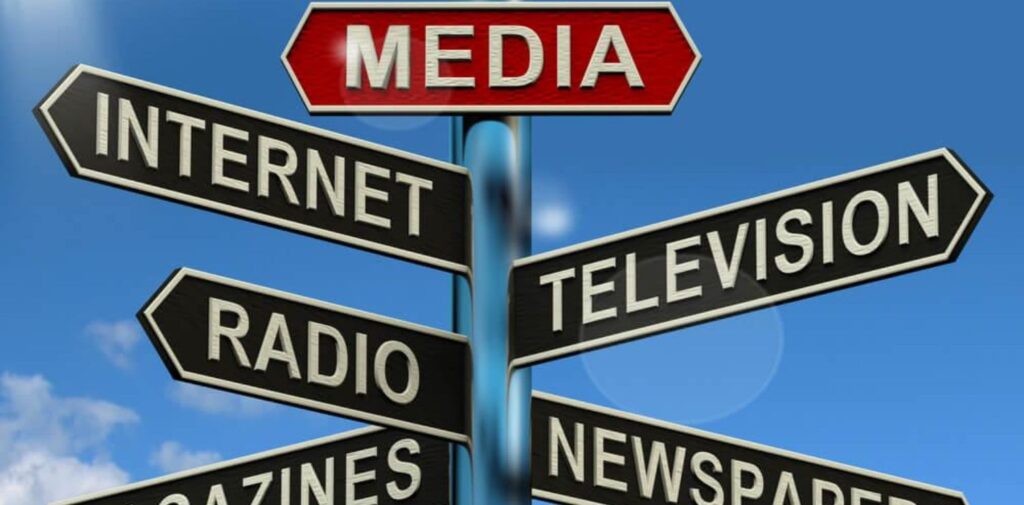
The Role of Media During India’s Freedom Struggle
The importance of media in shaping political views in India dates back to the time of British rule. During the struggle for independence, newspapers, magazines, and pamphlets played a key role in spreading information about the fight for freedom. Leaders like Mahatma Gandhi, Jawaharlal Nehru, and Subhas Chandra Bose used media to reach out to the masses and gather support for their cause.
For instance, the famous newspaper The Hindu and Young India were used by freedom fighters to speak out against British rule and spread the message of unity among Indians. Radio, too, was a new and powerful tool, and Mahatma Gandhi used it to broadcast his messages of non-violence and unity.
The British government realized the power of media and tried to control it, censoring newspapers and banning certain publications. But despite these efforts, the media became a weapon for the Indian people, helping them to stay informed and continue their fight for independence.
Media After Independence: A New Beginning
After India gained independence in 1947, the role of media became even more crucial. The country had just come out of British rule, and there was a need to rebuild and develop. The media helped spread ideas of nation-building, democracy, and progress.
Radio and newspapers were the main sources of information, and they were used to promote the vision of the government and to keep people informed about the nation’s growth. In those early years, the government controlled most of the media to maintain unity and stability in the country. The media focused on telling people about the achievements of the government, like building schools, hospitals, and roads, and promoting national integration.
The Growth of Television and Its Impact on Politics
In the 1980s, television became an important medium in India. The state-run Doordarshan was the only TV channel in the country for a long time. It played a vital role in shaping the political narrative by broadcasting speeches of political leaders, government programs, and national events like the Republic Day parade. People watched the news, speeches, and interviews on TV, which made it a very powerful tool for shaping opinions.
Television also brought political events closer to the people. For example, during elections, TV would show the speeches of political leaders and debates. People could now see and hear directly from the politicians, which gave them a clearer idea of what each party stood for.
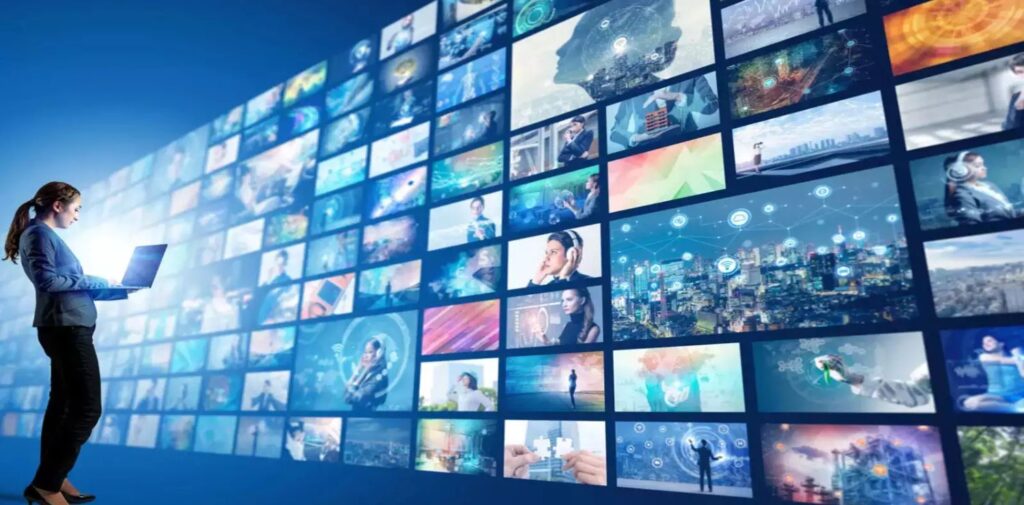
The Rise of Private News Channels
The 1990s saw the rise of private news channels, and this was a turning point for Indian media. Channels like NDTV, Aaj Tak, Zee News, and others brought a variety of perspectives into the public’s view. Unlike the earlier days when the government controlled most of the media, the 1990s marked the beginning of a more diverse landscape.
With private channels, the way politics was presented changed. The news was no longer just about official government messages. It also included different opinions, debates, and discussions on important issues. This meant that people could hear various viewpoints and form their own opinions about political matters.
However, the rise of private channels also brought challenges. Some channels became more focused on sensationalizing news—meaning they would focus on the most shocking or dramatic stories to grab attention. This sometimes led to spreading misinformation or creating unnecessary fear among the public.
The Internet and Social Media: A New Revolution
In the 2000s, the internet and social media revolutionized the way people consumed news and information. Social media platforms like Facebook, Twitter, and YouTube gave ordinary people the power to share their opinions and stories. This gave rise to a new kind of media, where everyone could participate in political discussions, not just journalists and politicians.
Social media has played an important role in elections and political campaigns. Politicians now use platforms like Twitter to communicate directly with the public, bypassing traditional media. They can announce their policies, attack their opponents, and gather support in real-time. This has changed the way political campaigns are run in India.
For example, during the 2014 and 2019 general elections, political parties used social media extensively to reach voters. They posted videos, speeches, and updates on social media, which helped them connect with younger voters, who were more likely to use these platforms.
However, social media has also led to some problems. Fake news and rumors spread quickly on social media, and this can create confusion and panic. Sometimes, political messages are twisted or manipulated to mislead people. This has made it difficult for people to know what is true and what is not.
Media and Political Bias: A Growing Concern
One of the challenges of the media in India today is political bias. Many news channels and newspapers have been accused of favoring certain political parties or leaders. This makes it difficult for people to get unbiased information and form their own opinions.
In some cases, media outlets may support the ruling government or certain political parties, leading to one-sided news coverage. On the other hand, opposition parties may accuse media outlets of not giving them enough attention or of being unfairly critical.
This bias can affect how people view politicians and political parties. If the media only shows one side of the story, it can influence people’s opinions without them even realizing it. That is why it is important for people to get their information from different sources and think critically about what they see or hear.
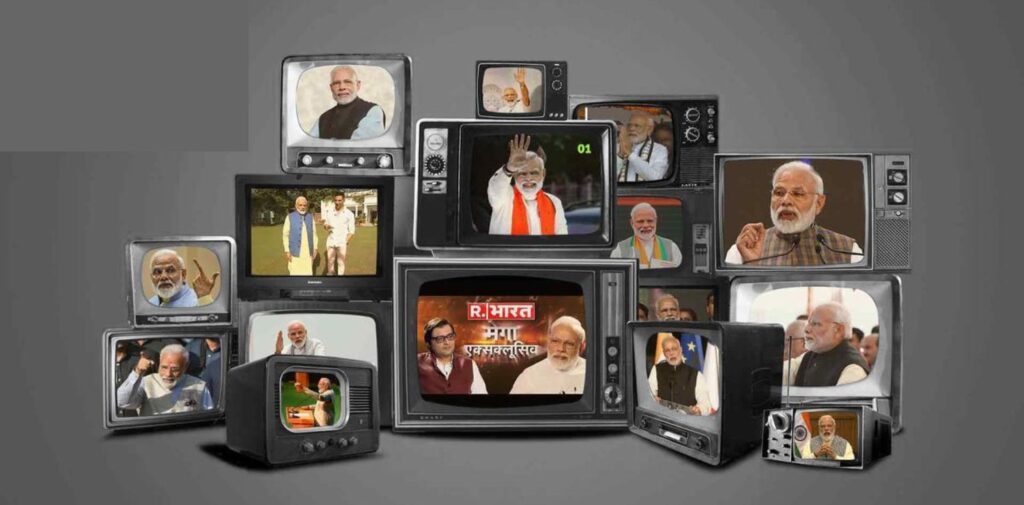
The Future of Media and Politics in India
The media will continue to play a vital role in shaping the political landscape of India. With the rise of digital media and social media, the way politics is covered and consumed will keep evolving. It is important for people to stay informed, question what they hear, and not believe everything they see on social media.
The future of media in India also depends on how well it can balance providing information while avoiding sensationalism and bias. The media must work to provide accurate, fair, and unbiased reporting so that citizens can make informed decisions about their country’s politics.
Conclusion
In conclusion, the media has always had a powerful role in shaping political narratives in India. From the time of the freedom struggle to today’s digital age, It has influenced how people think about politics and government. Whether it was through newspapers, radio, television, or social media, the media has helped shape the political landscape of India. As technology continues to evolve, so too will the role of media in politics. It is important for people to be aware of the influence it has on their opinions and to seek out diverse and reliable sources of information. By doing so, they can become better-informed citizens and contribute to the health of India’s democracy.

